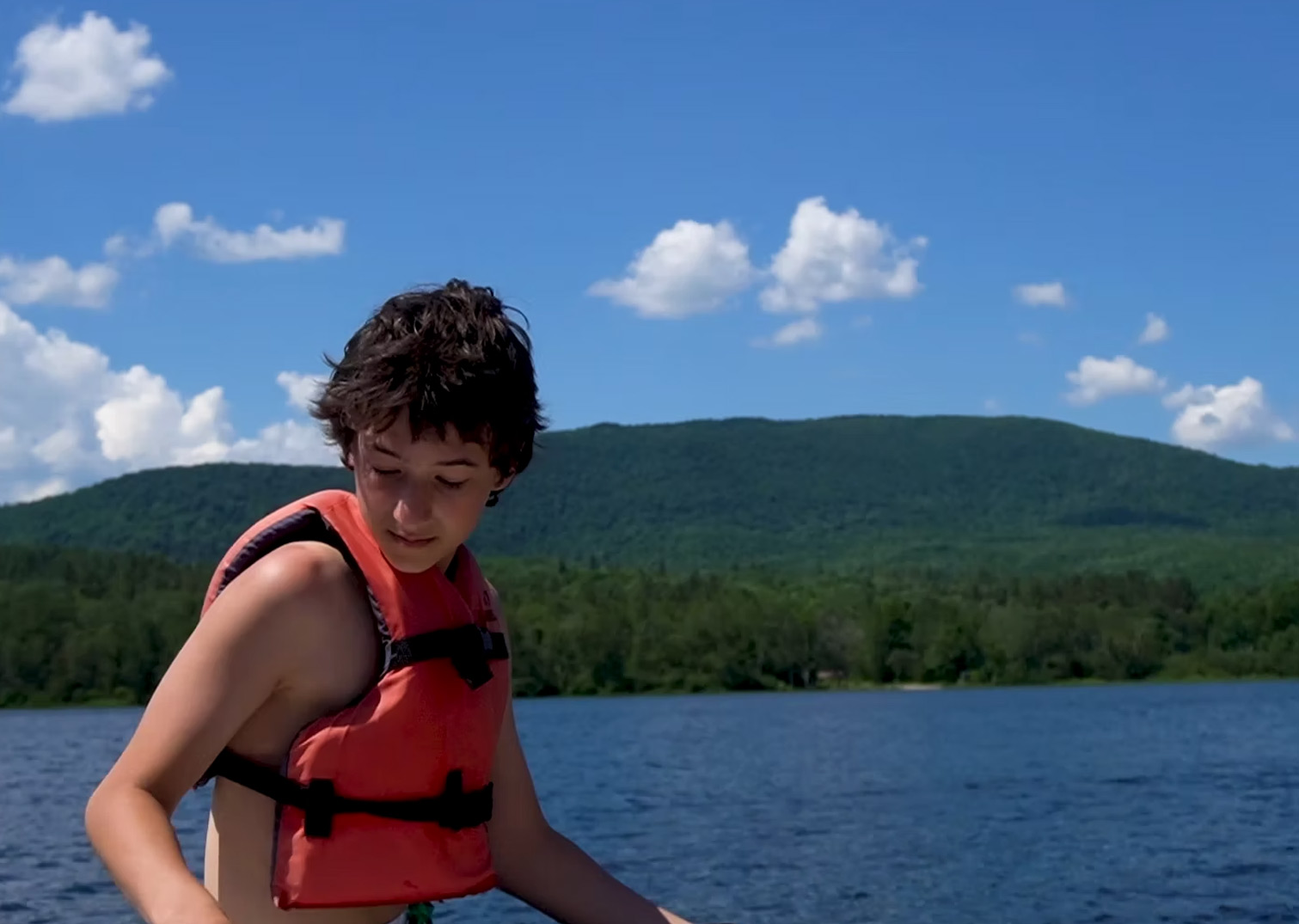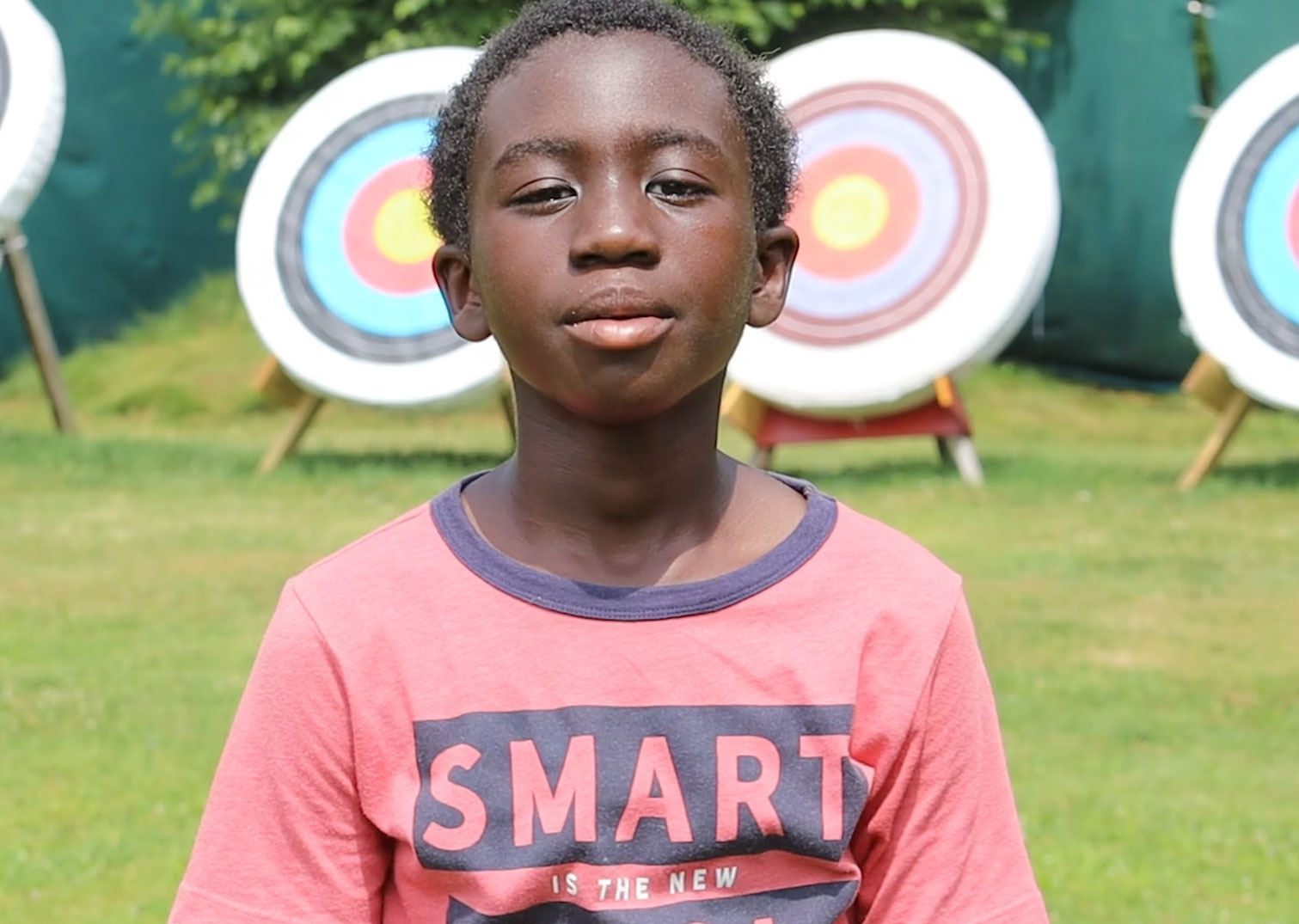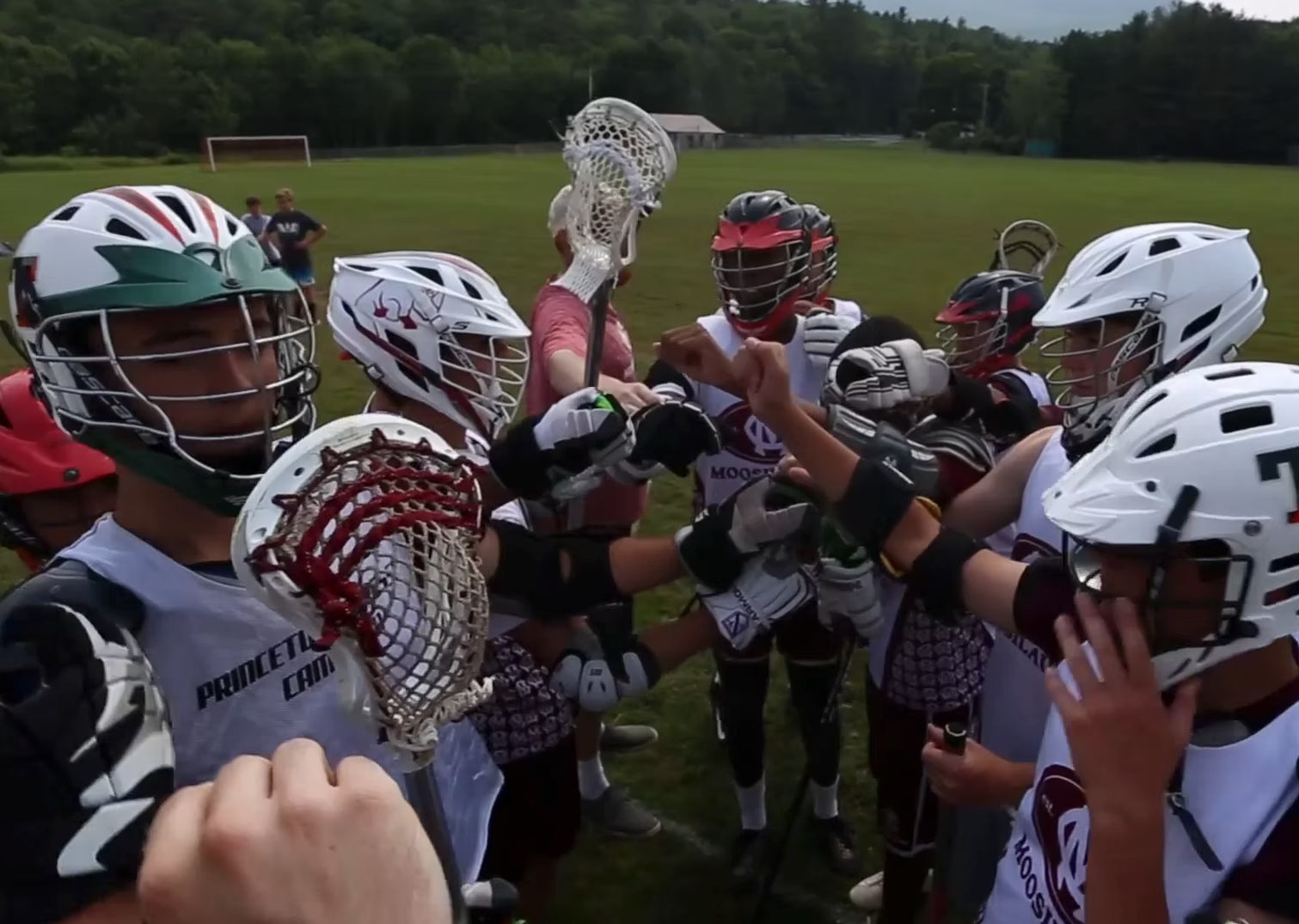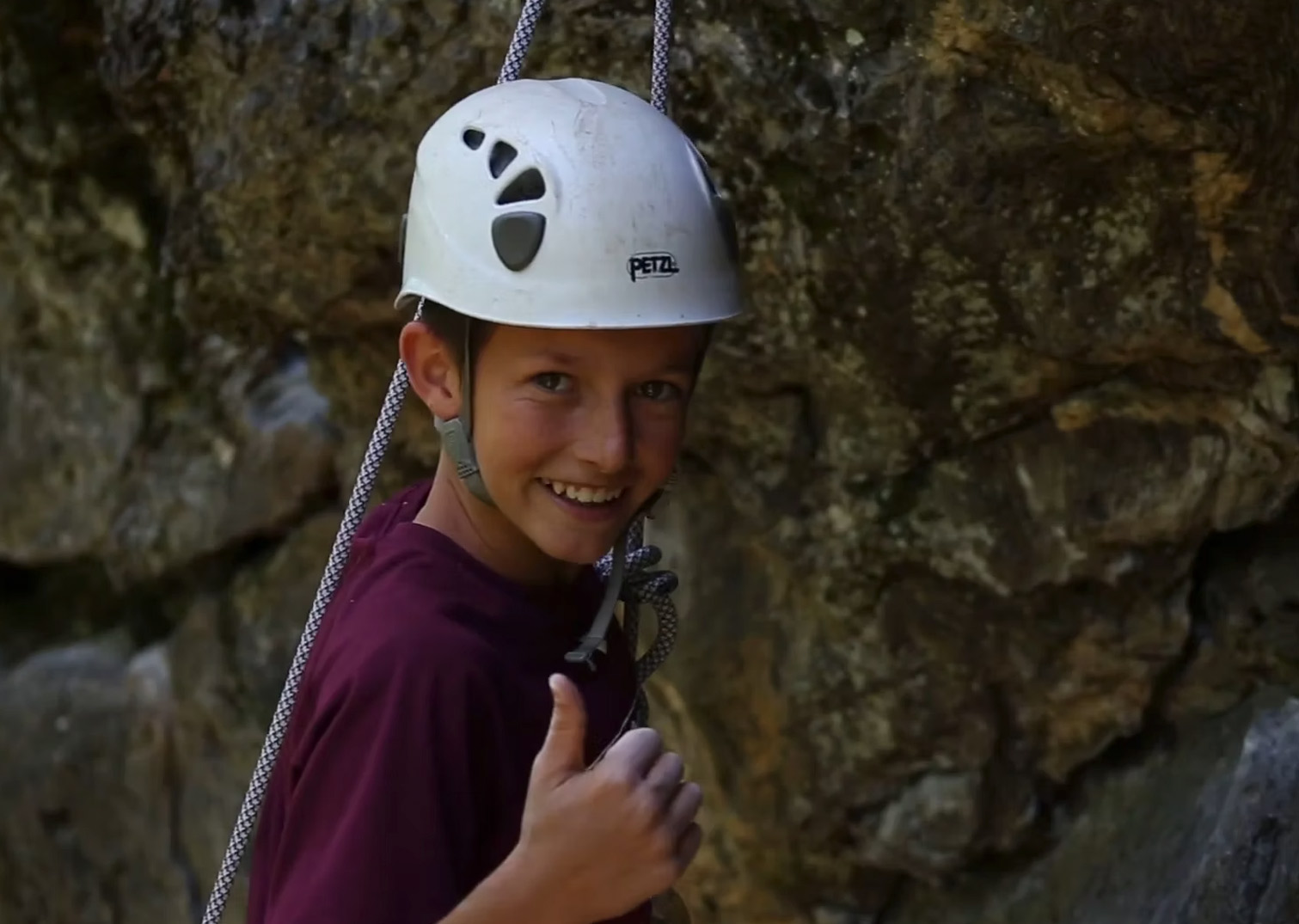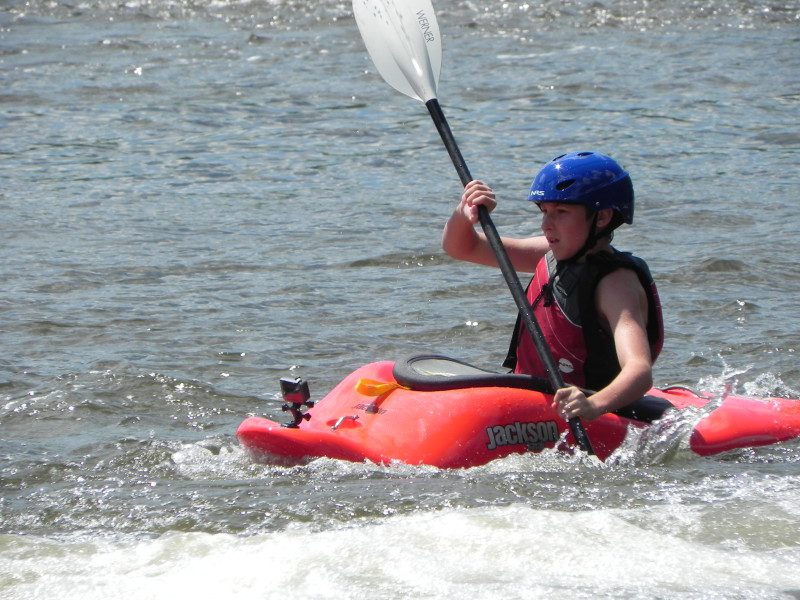Supporting the Emotional and Social Needs of Our Campers
by Bill McMahon, Director Through our work in education and running Moose, Sabina and I and our key admin…
Supporting the Emotional and Social Needs of Our Campers
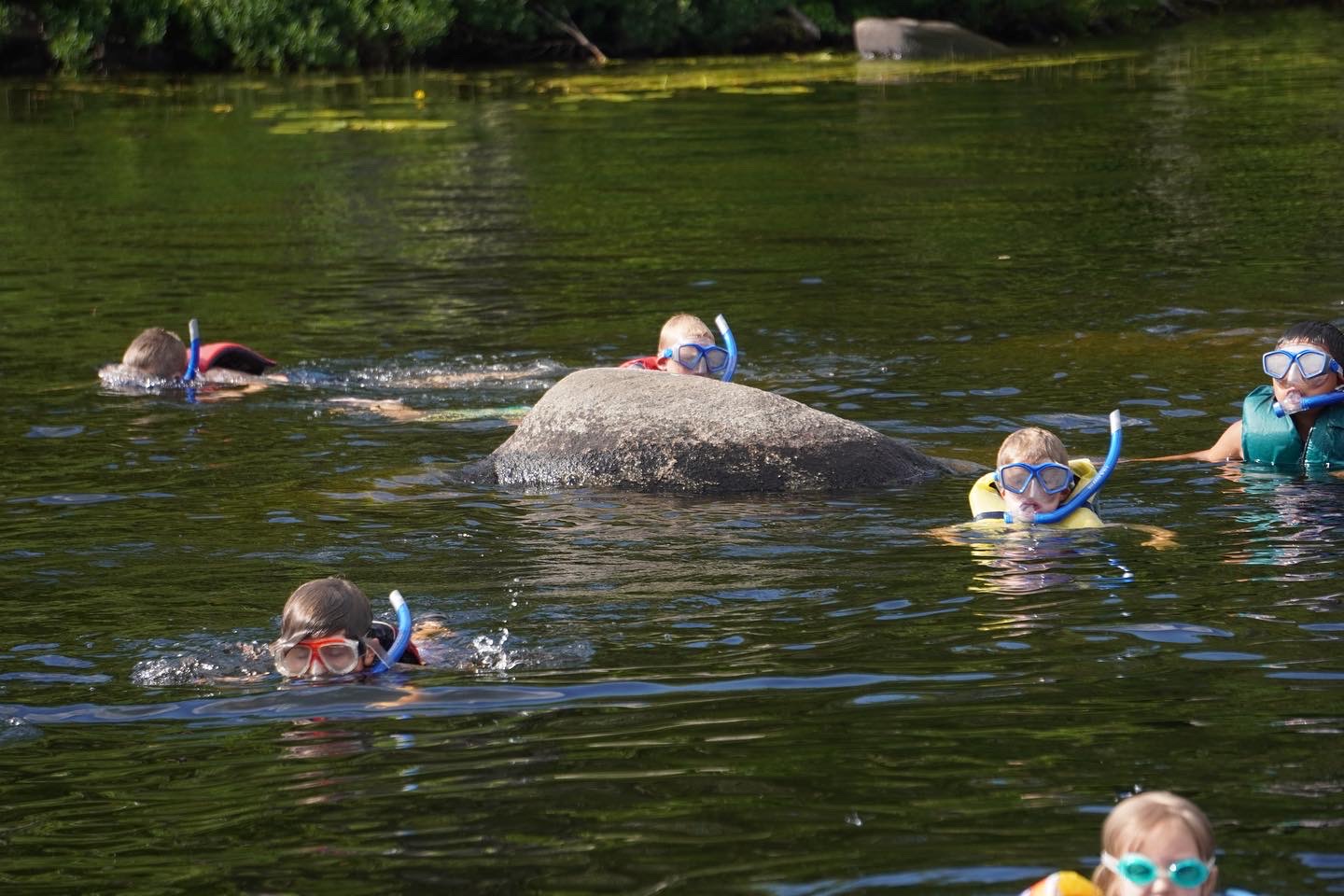
by Bill McMahon, Director Through our work in education and running Moose, Sabina and I and our key admin…
by Bill McMahon, Director
Through our work in education and running Moose, Sabina and I and our key admin team have garnered a wealth of knowledge on how boys learn and grow and become their best selves. However, given the changing landscape facing young people today–driven by Covid, social media, and a host of other factors–we are well aware that our own growth and professional development is an important on-going pursuit. With this in mind, we recently connected with Alison Bellevue, a Clinical Child Psychologist practicing in Manhattan, to help enhance our staff training, and to also be on call for consultations throughout the summer.
Alison spent a morning with our staff talking about how we can appropriately support the emotional and social needs of all our campers. Her key goals for the sessions were to help staff understand what is typical versus atypical behavior for boys of camp age, and to provide a few key strategies for the most common situations arising at camp.
In terms of specific topics, Alison focused on five: homesickness, ADHD, oppositional/argumentative behaviors, “feeling sad,” and feeling “more than sad.” During each topic specific section she provided a wealth of useful tips, including:
- Leading in most situations with “validation.” One of Alison’s mantras is “When in doubt, validate.” She explained that validation (most commonly as a reflection back on what a camper said) is an acknowledgement versus an act of agreeing or approval, and it is one of the most powerful ways to reduce emotional intensity.
- Engaging boys showing homesickness in both “doing” and “thinking strategies.” “Doing strategies” can include distracting boys through involvement in fun activities and also writing a letter home. “Thinking strategies” can include thinking about one enjoyable thing from the day and changing thoughts by singing a song or listening to or telling a story. (Click here to read a blog I wrote specifically on homesickness.)
- Using visual checklists for boys (especially for those with ADHD) to reinforce routines and appropriate behaviors. At camp this could be in the cabin for clean up time, at activity areas for the warm-up period routine, and even at tables in the dining hall.
- Engaging boys who are acting oppositional and/or feeling sad in activities where they already have a sense of mastery, and also providing them real responsibility for a meaningful task.
- Teaching campers “distress tolerance” skills to reduce emotional intensity. They include the TIPP routine (Temperature, Intense Exercise, Paced Breathing, and Paired Muscle Relaxation) and “self soothing” by identifying items that elicit calm by tapping into each of the five senses.
A final thread running throughout her talk was that the number of incidents requiring a meaningful staff intervention are greatly reduced if everyone is focused on prevention, and that the best act of prevention is forging caring and meaningful relationships with all campers from the moment that they step on our campus.
We are very happy to have connected with Alison and we look forward to consulting with her throughout the summer when issues call for it.
P.S. Alison’s wonderful time with our staff brought to mind a related session I participated in with Dr. Lisa Damour, the author of many books, including The Emotional Lives of Teenagers. During the session, Dr. Damour outlined the following simple but powerful thoughts about teenagers and emotions:
- Feeling “happy” all the time is not the goal.
- Emotions–including anxiety are normal and necessary.
- The goal is to “manage emotions effectively” so you have the “appropriate feelings at the appropriate time.”
- It is important to help young people find the balance between emotional “expression” and “containment.”
The last line is simple but powerful, and very relevant for working with boys (and men!), since many times they can default to containment over expression.




